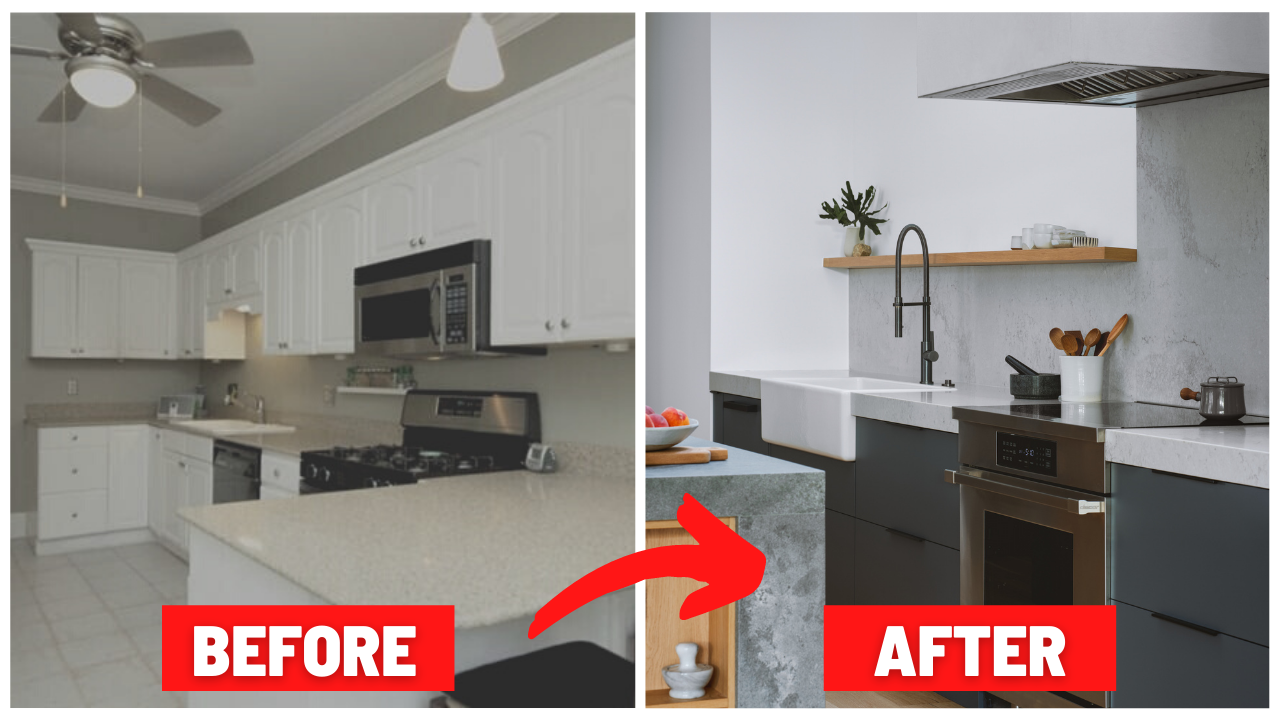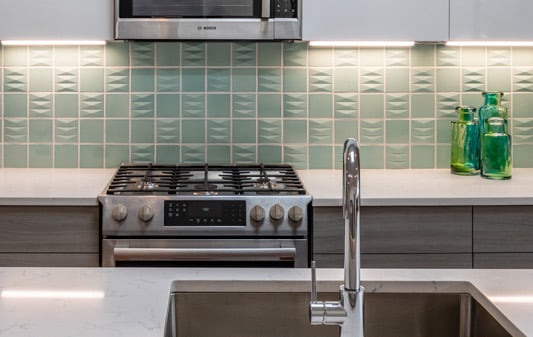Form Meets Function: Interior Design that Improves Your Daily Life
When it comes to interior design, many people forget the importance of function and focus solely on form. We’re often attracted to certain elements that look great, but don’t necessarily serve a practical purpose. However, when it comes to designing your living space, it’s essential to strike a balance between form and function.
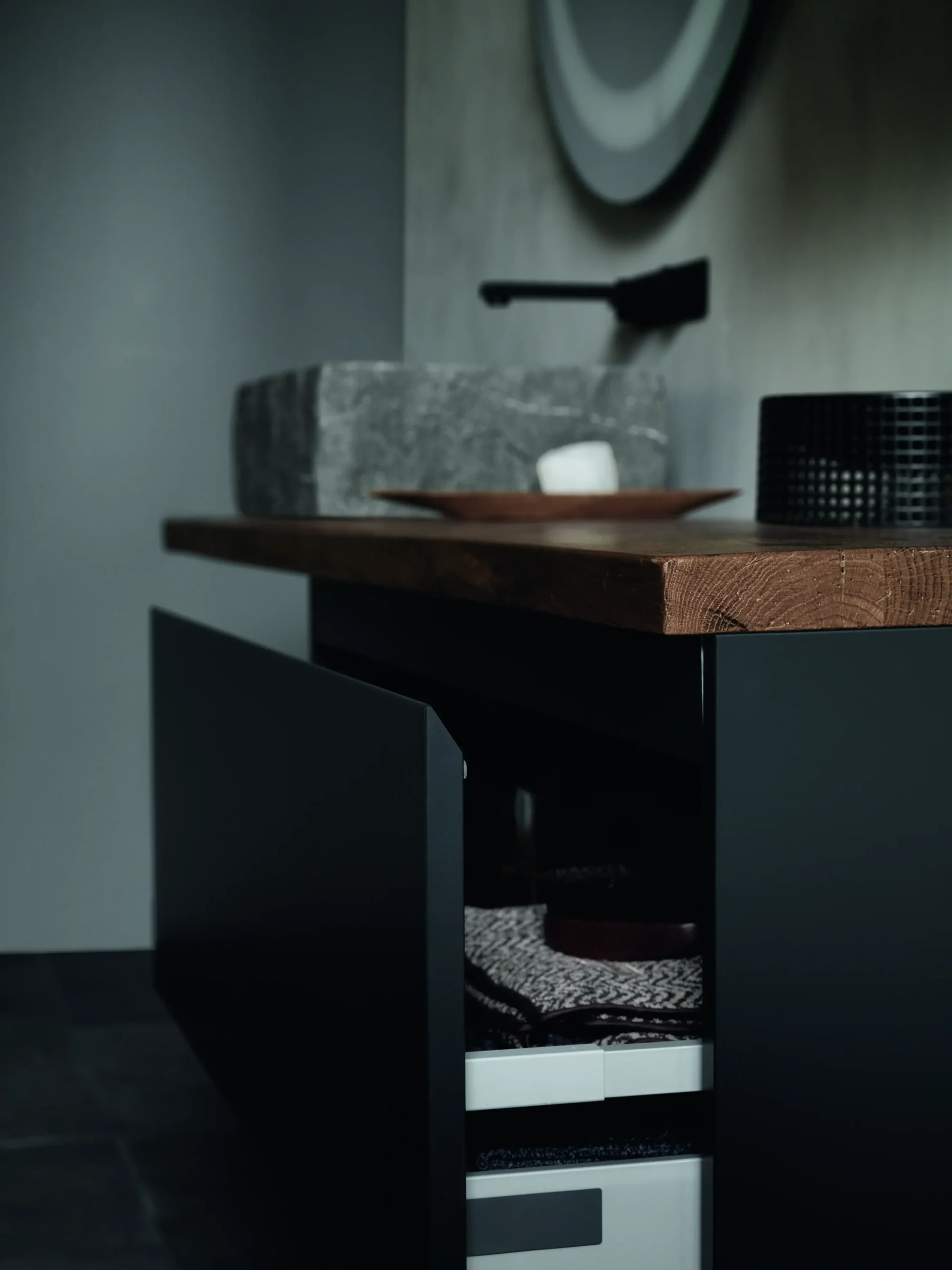
Use Multifunctional Furniture
One of the most important elements of functional interior design is investing in multifunctional furniture. This type of furniture is designed to be used for many different purposes, such as a bed that doubles as a couch or a table that can be used as a desk. Not only does this save space, but it also allows you to use the furniture in different ways depending on your needs. For instance, you can use the table as a desk during the day and then as a dining table at night. Additionally, multifunctional furniture often has hidden storage, which provides extra space for items that you don’t need to access regularly. This can make it easier to keep your home organized and clutter-free.
Design for Storage
Storage is an essential part of functional interior design. When you’re designing a space, make sure to include plenty of storage solutions, such as shelves, cabinets, and drawers. This helps keep clutter at bay and creates a more organized and efficient living space by finding creative ways to store your items.
For instance, you can install shelves and cabinets that make use of the vertical space in your home. This allows you to maximize your storage capacity while keeping items off the floor and out of sight. Additionally, you can use storage baskets, ottomans, and other containers to store items in a stylish way. This not only looks great, but it also makes it easier to find what you need quickly.
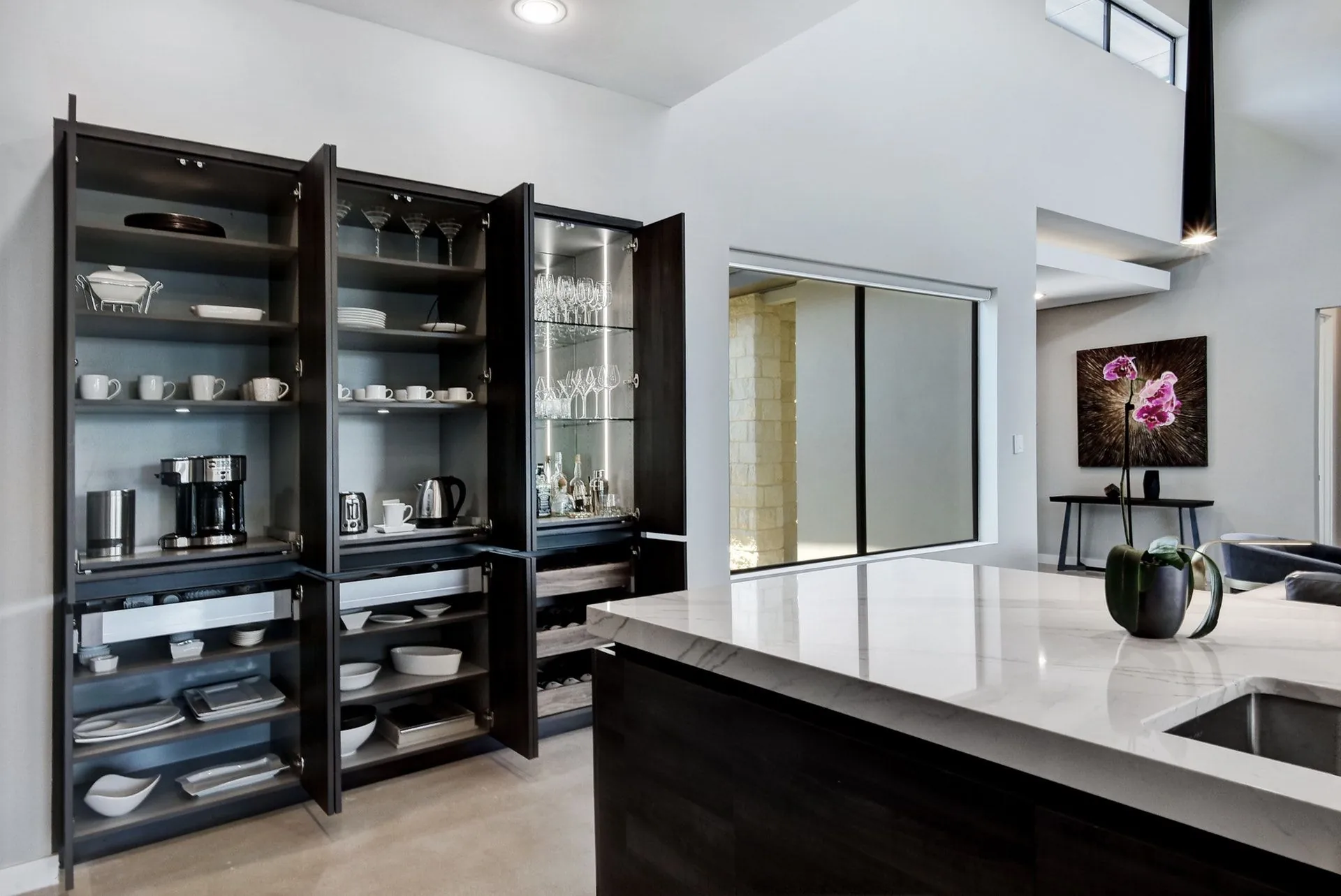
Create Zones
One of the best ways to make the most of functional interior design is to create zones for different activities. This means setting up your home in a way that encourages different tasks, such as having a workspace area where you focus on work or a reading corner for relaxing with a book. This makes it easier to stay productive and comfortable while in your home. Additionally, by separating different activities, it can help reduce stress and encourage a better work-life balance.

Maximize Natural Light
Natural light is essential for a functional interior design. It can make a space feel brighter and more inviting, and it can also help to reduce your energy bills. When planning a space, try to make the most of any natural light by using light-colored walls, mirrors, and other reflective surfaces. This will help to bounce the light around, creating a more inviting atmosphere. Design elements like sheer curtains or window films can filter the light and offer privacy without darkening the space.
You can also use natural light to improve your daily life by adding plants. Having some greenery in your home or office can make it feel more inviting and provide you with a sense of calm. You can also incorporate lighting fixtures that mimic natural light, such as LED bulbs or lamps with adjustable brightness settings to help create an ambient atmosphere, perfect for winding down after a long day.
Finally, you can use natural light to improve the functionality of your space. Strategically placed windows can help to bring in more natural light and provide a great view. This is also a great way to highlight certain features in the room, such as artwork or furniture. Not to mention, you can design your lighting to create a specific mood or atmosphere in the space, be it dark and cozy or bright and energizing.
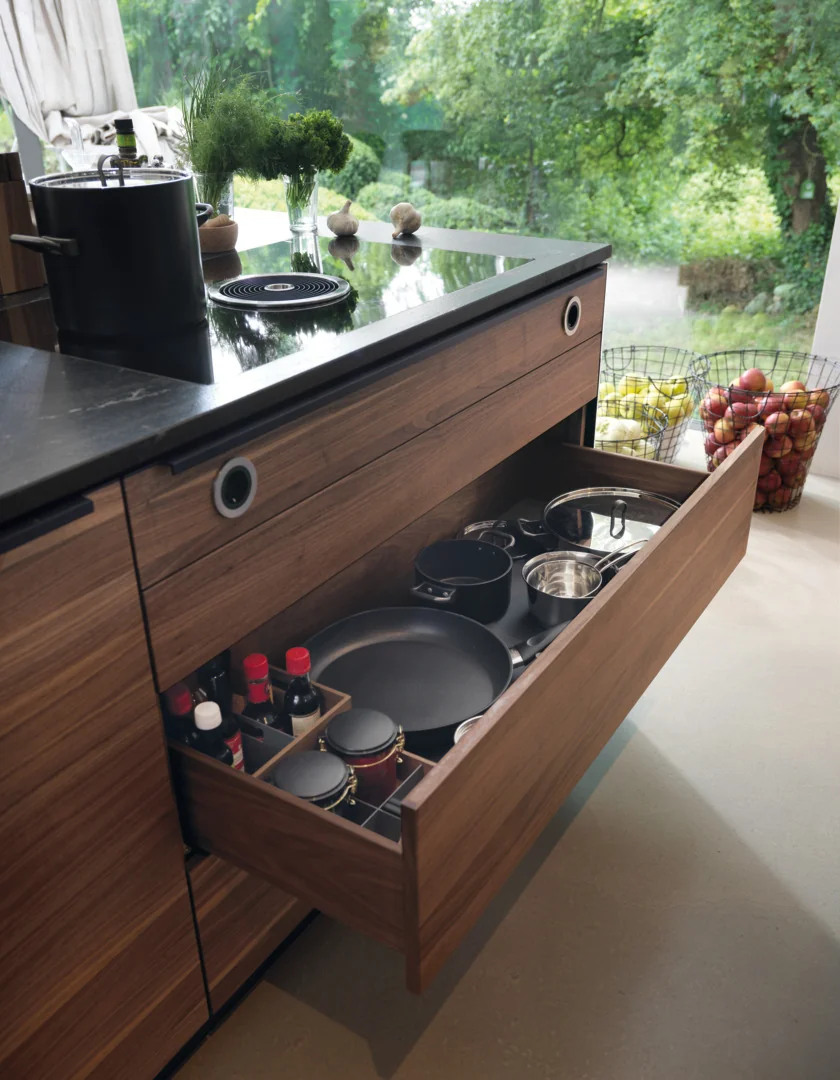
Add a Personal Touch
Your interior design should be a reflection of your personal style. Look for ways to add your own unique flair to your space. This could be as simple as adding a few pieces of artwork or as intricate as custom furniture. Personal touches like these can help make your space feel more inviting and give it an extra layer of character. Additionally, look for ways to add texture and color to your interior design. Incorporating different colors, patterns, and textures can help bring a room to life and create a vibrant atmosphere.
Functional interior design can help you make the most of your living space and improve your everyday life. By focusing on form as well as function, you can create spaces that are both aesthetically pleasing and practical. Get started on your functional interior design journey today with LAVISH!

Related articles
Solid Wood Wall Cladding in Your Kitchen
Our Waldkante wall cladding, made of completely untreated solid wood, adds the perfect spice to your kitchen design.
Versatile and Functional Solid Wood Table for Your Dining Room
Our dining tables combine the pleasure of solid wood with prize-winning designs in various styles, including four-leg or pedestal tables, wooden or metal slides, and organic or linear forms.
BEFORE & AFTER An Eco-Friendly Kitchen Story
Before and after an eco friendly kitchen makeover
Lavish Blog | How to Kitchen Backsplash
Choosing the perfect backsplash doesn't have to be a chore. Learn the tricks to selecting a backsplash that suits your kitchen, personal style, and budget.
- « Previous
- 1
- 2
- 3
- 4

Unlock fresh
design ideas
"*" indicates required fields
